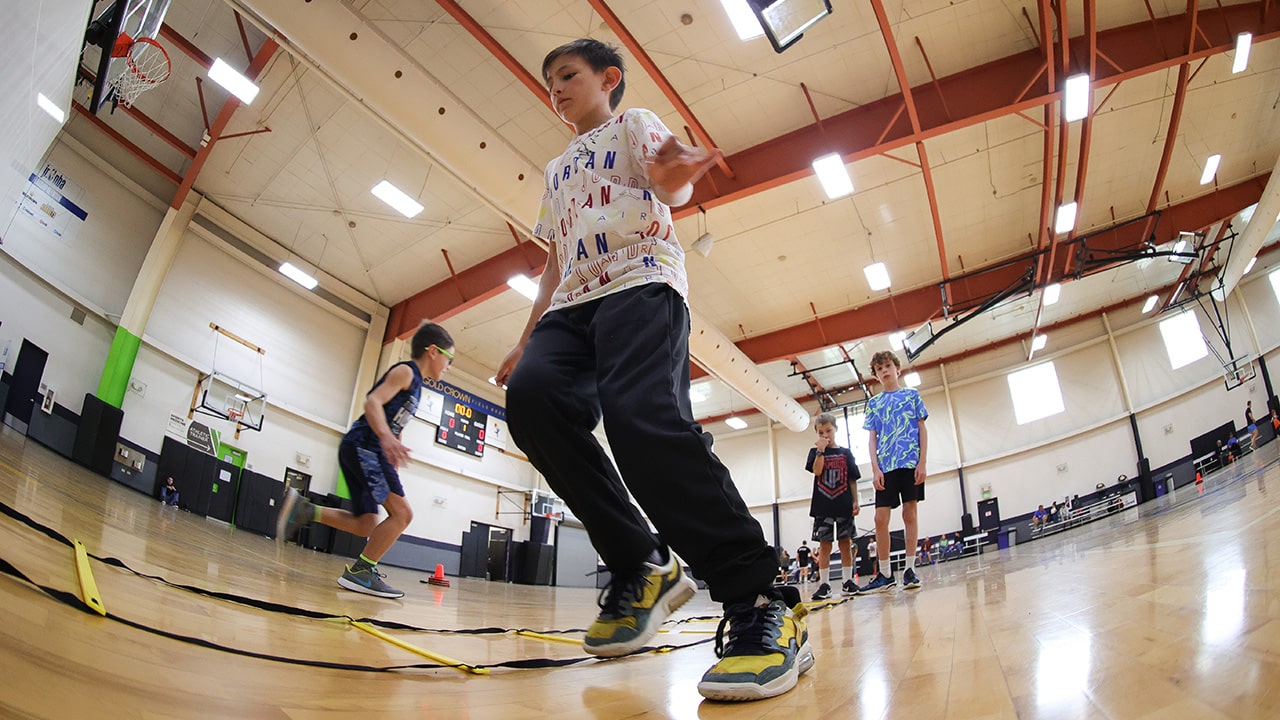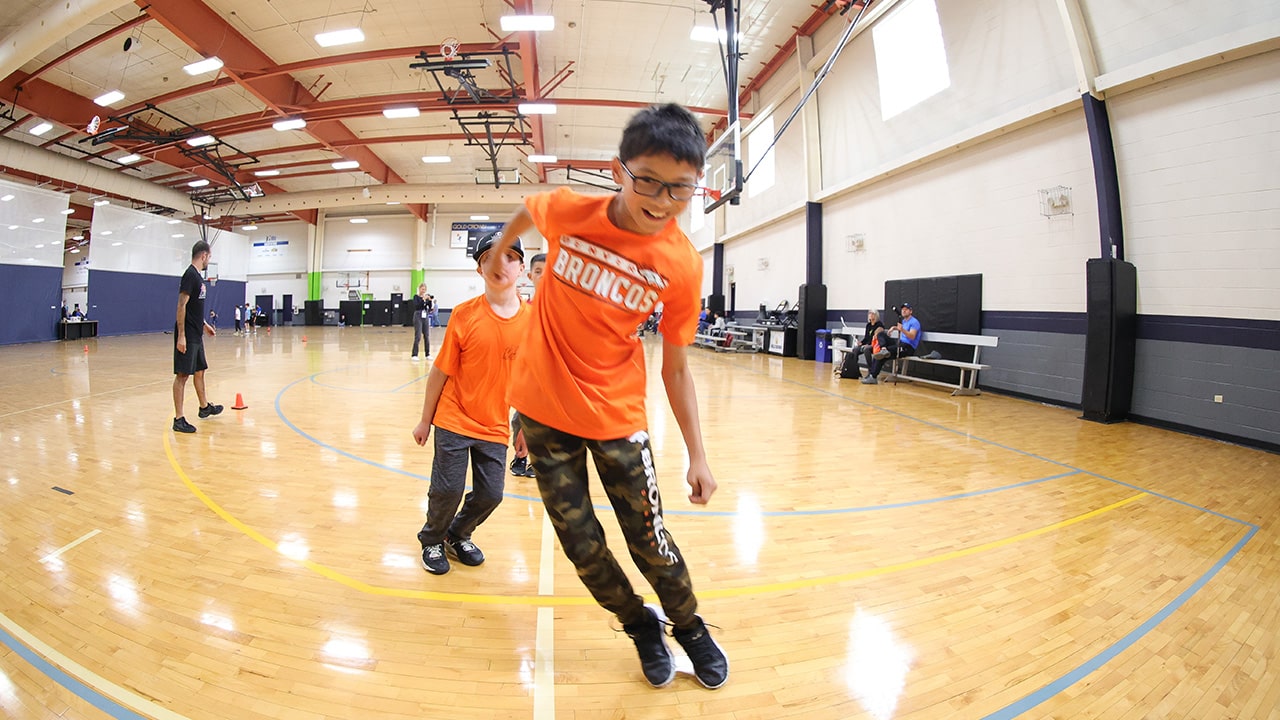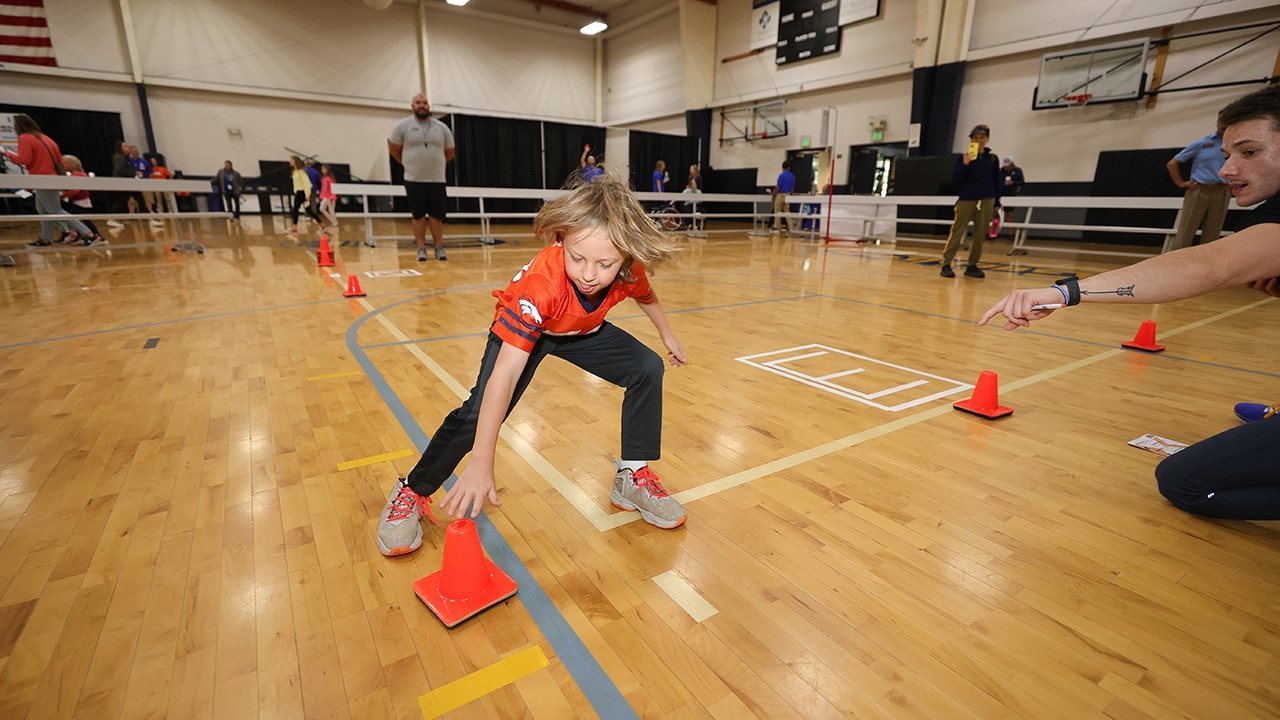Speed, Agility, and Quickness Explained
You have three buckets, each one containing various amounts of sand. Some are full, some are empty, and some are half full. In order to attain the highest level of athleticism, we need all of our buckets to be full. We only have so much time in the day and so much time in the week to fill these buckets. What are these buckets and how can we fill them to pursue athletic excellence?
The three buckets are speed, agility, and quickness. These three components are absolutely essential to the growth of an athlete and without each one of these being addressed or “filled”, we will fall short of athletic excellence. The sand in the buckets are the learned skills and athletic ability to be able to master each of the three areas. When athletes train, they are filling one of these buckets at a time, sometimes even without knowing. Whether the athlete is working with a trainer, coach, parent, or just a teammate, they are putting sand into one of the three buckets, speed, agility, or quickness.
Speed
Let’s start with speed, what does speed mean and how do we work on it? Speed is the ability for the athlete to move in the sagittal plane. Essentially, speed is the athlete moving straight forward as fast as possible. Some examples of this are the NFL 40-yard dash or the Olympic 100-meter race. So how do train to improve our speed? We train the body to be efficient and powerful. First, we work on acceleration, what the athlete puts in to the ground will “push” them forward to initiate movement. Once the athlete has accelerated, it is up to mechanics and muscle mobility to keep the athlete moving at top speed. We work on speed with athletes by increasing their power and fast twitch availability, meaning we move things fast. Once we get to top speed, we prioritize single leg strength and balance as well as various form drills such as skipping, marching, and bounding.

Agility
Agility is one of the most used terms in the world of athleticism and training. Let’s shed some light on the topic and clear up what it really is and how it is different from speed and quickness. Agility is a bucket that most youth athletes need to fill up. We need to fill it up before we start to fill our next bucket, quickness. To keep it short and to the point, agility is the ability to accelerate, decelerate, stabilize, and quickly change directions with proper posture. Why is this important? One, if we cannot do the actions described above well, we will constantly be reacting late and with poor mechanics. Most of the time this looks like getting beat on defense or not having the moves enough to juke your opponent. Two, when we change directions with proper posture and have the neurological ability to control high rate of speeds, we vastly lower our risk of injury. Being in control of our body when we accelerate, decelerate, and change directions, helps our muscles work in unison and can often times keep us out of vulnerable joint positions. Long story short, when we fill up our agility bucket, we attain a higher level of athleticism and a lower risk of injury.

Quickness
Finally, we come to our final bucket and if buckets were basketball players, this bucket would be Michael Jordan. Take the principles of speed and agility and throw in a reactive component. Quickness is the ability to react and change body position with a maximum rate of force production. Now, if you have played sports in your lifetime at all, this applies to you. When you think about sports, whether it be team or individual, quickness is everywhere and often makes or breaks you as an athlete. When we do drills and training for these three buckets, we categorize them into two parts; “closed drills” and “open drills”. Closed drills are pre-planned and often started at submaximal efforts. Open drills are reactive in nature and are usually done at high rates of speed and force production. Speed and agility usually fall under closed drilling whereas quickness is often trained through open drilling. When we train quickness, we often add in a reactive variable such as a clap or a ball toss. This takes the athlete away from thinking to reacting. It will expose the athlete if they do not have their first two buckets at least half full of “sand”. When we stop thinking and start reacting, our true body mechanics come out whether good or bad. This is the truest form of training an athlete for the game as opposed to training the athlete for a drill or for Instagram.
Let’s go back to our three buckets and think. Where are you or your athlete full and where can you or they use some more sand? As an overall principle, we want to continue our path to long term athletic development meaning we need to push to become more well-rounded when it comes to speed, agility, and quickness. When you work to fill your buckets equally, you will start to see athleticism develop and ultimately benefit you or your athlete in whatever sport or activity they choose to do. Although getting more playing time, beating your personal record, and scoring the winning goal are huge and very important, staying healthy and lowering your risk of injury are paramount. Consider an introspective assessment of you or your athlete’s abilities and begin your journey to long-term athletic development with speed, agility, and quickness in mind.
Thank you to Greg Brock, CSCS, TSAC-F and Manager of Sports Performance for authoring this piece. Book a session with him or another coach at Next Level Sports Performance in Golden.

